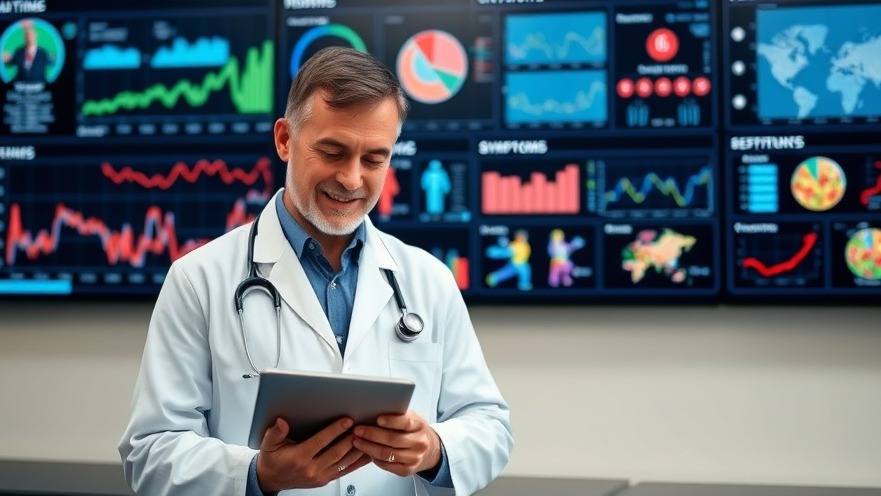
Transforming Emergency Response: The Rise of Syndromic Monitoring
Syndromic monitoring is more than just a healthcare buzzword; it has emerged as a pivotal tool that equips public health teams with the capability to swiftly respond to emerging health crises. By leveraging real-time data, this technology identifies trends in symptoms and health-related events before they manifest into widespread issues. This proactive approach has proven to be a lifesaver, particularly during emergencies like heatwaves, opioid surges, and mental health crises.
Understanding Syndromic Monitoring: A Game Changer in Public Health
At its core, syndromic monitoring captures early health signals through multiple data sources, including emergency medical services (EMS) reports and urgent care logs. Instead of waiting for delayed lab results or hospital admissions reports, public health officials can act on these early signals within hours. This immediacy not only aids in preventing hospital overload but also ensures timely public health interventions.
How Early Signals Make a Difference
Consider a scenario of a severe heatwave where emergency calls for heat-related illnesses surge. In traditional systems, public health responses could take days due to lagged reporting; however, with syndromic monitoring, the data is processed almost instantaneously. For instance, during a recent Midwest heatwave, EMS reports showed a dramatic 20% increase in calls for heat-related illness before any hospitals reported cases. This crucial early warning allowed cities to implement swift measures like setting up cooling centers and public hydration campaigns—actions that are especially vital for protecting vulnerable populations.
Applications of Syndromic Monitoring: Real-World Impact
Syndromic monitoring is not just theoretical; its applications in real-world scenarios exhibit significant benefits:
Opioid Crisis: When spikes in opioid-related emergencies are detected, health teams can quickly mobilize response resources, distribute naloxone, and engage in community education to prevent overdoses.
Heat-Related Illness: This system supports timely activation of cooling centers and the issuance of public alerts to safeguard at-risk individuals during extreme weather events.
Mental Health Support: Rapid identification of mental health distress signals allows for the quick expansion of resources for crisis intervention, including hotlines and support teams.
Usability for Health Practitioners: Navigating the Technology
For concierge health practitioners, the ease of accessing and utilizing syndromic monitoring tools can alleviate concerns around technology integration. The user-friendly dashboards enable practitioners to filter data based on various parameters, including condition, age, and geographical location. This accessibility ensures that valuable health information is at the fingertips of all team members—from epidemiologists to community health coordinators—without needing advanced technical training.
Future Considerations: From Reactive to Proactive Public Health Strategies
The transition from a reactive system to a proactive health strategy is possible through the advancement of syndromic monitoring. As practitioners become more familiar with and trust these tools, the potential for meaningful improvements in community health is immense. Not only does this technology streamline responses, but it also empowers health teams to make informed decisions that can save lives.
The Path Ahead: Embracing Technology for Community Health
As healthcare technology continues to evolve, embracing tools like syndromic monitoring is crucial for concierge health practitioners aiming to enhance their community standing and effectiveness. While the integration of such sophisticated systems may seem intimidating, understanding the valuable applications and benefits can transform one's approach to patient care and emergency responsiveness.
By adopting syndromic monitoring, health practitioners can ensure they are not just reactive but are strategically positioned to safeguard public health through early detection and intervention. For those looking to grow their practices, leveraging this technology could become a cornerstone of effective patient engagement and community well-being.
 Add Row
Add Row  Add
Add 




Write A Comment